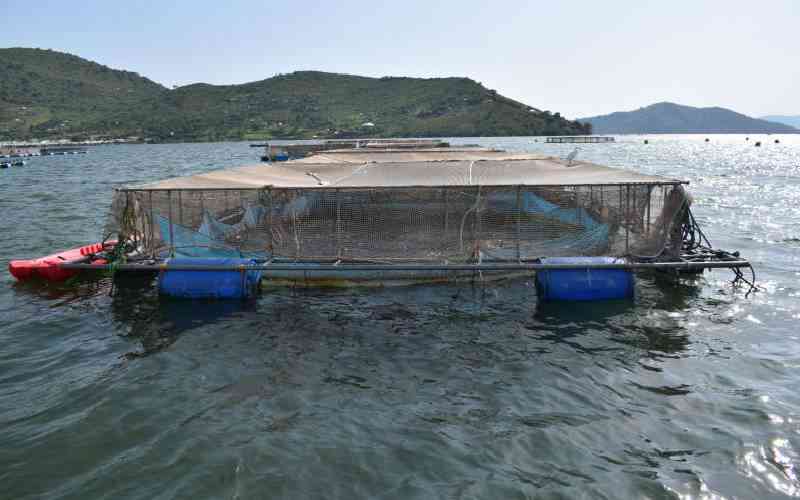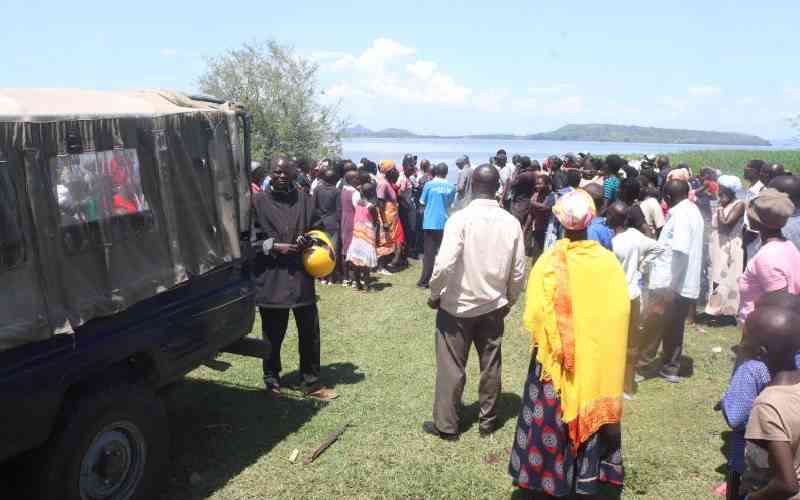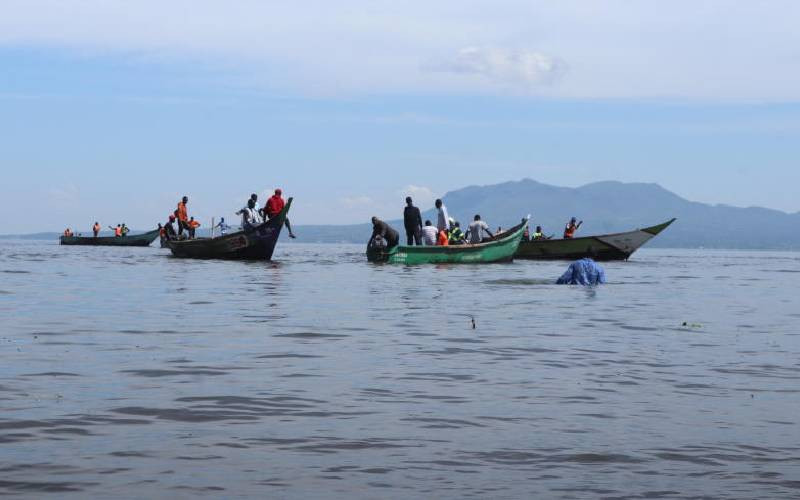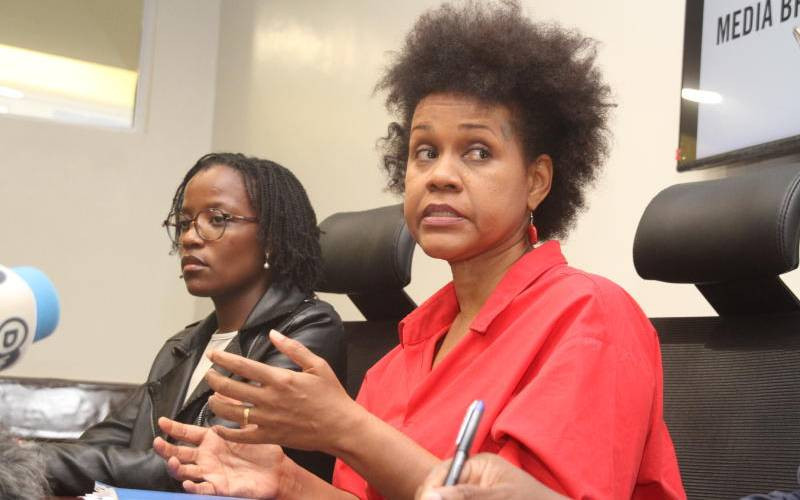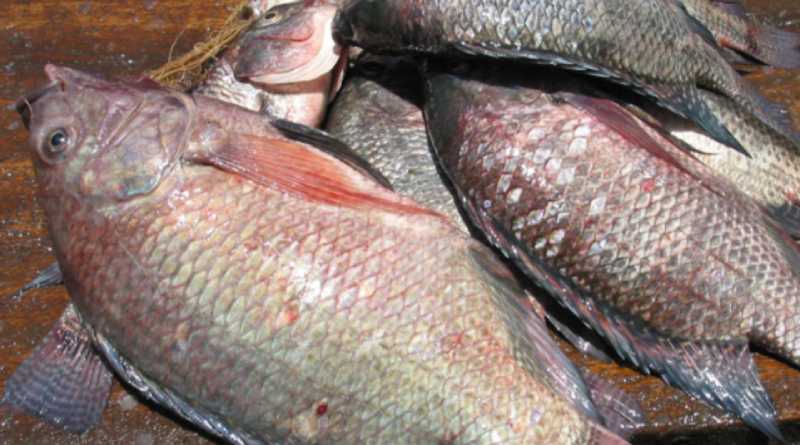
Scientists are preparing against a possible threat to tilapia in Lake Victoria after the Tilapia Lake Virus (TiLV) was detected in some parts Egypt and South America.
According to Dr Christopher Aura of Kenya Marine and Fisheries Research Institute, KMFRI, no such virus has been detected in Uganda contrary to publication in a journal whose author, he says, could not defend his claims and disappeared when challenged to.
Speaking at an FAO-organized a workshop in Kisumu hosted by Kenya Fisheries Service, the officer in charge Aquaculture at FAO, Melba Reantaso, said the training is focusing on a better understanding of the disease that has been affecting Tilapia species in Asia and a few counties in Africa.
According to Dr Aura, the workshop as aimed at equipping fisheries workers with biosafety and biosecurity measures in order to carry out diagnosis and preventive measures proactively.
The virus, which was first detected in Israel in 2009, led to massive tilapia deaths from TiLV outbreaks in the Valley of Bet She'an, Israel.
A warning by FAO later appeared in a special alert it issued on May 26. But was only confirmed as a new disease in 2014. Cases have since been reported in other parts of the world.
Melda said Thailand, Israel, Malaysia, Philippines, and Peru have confirmed reports but the status of other countries are still being debated upon, some have scientific reports yet some countries have not reported it officially.
"We have received reports from other stakeholders and producers that the virus has been suspected in their countries, we are yet to confirm the reports,” said Melba.
A researcher Kisumu-based researcher in fish diseases and health at KMFRI Caleb Ogwai said due to the threat the department is establishing a fish health department to look at the fish diseases in the rivers, lake, and dams in the Kenyan part of Lake Victoria.
Ogwai explained that the lake is deteriorating due to pressure from population increase and resultant effluence reducing water quality, therefore, enabling microbes to take advantage of the situation become pathogenic and develop diseases in fish.
Ogwai said after the 10 days’ workshop the researchers will develop the national action plan on how to tackle the virus.
“We will develop surveillance system, that we will monitor the lake, rivers, and dams so that in the event of the problem coming up we will be able to tackle it,” said Ogwai.
The scientist reports that the virus has no human health risk but has a large potential impact on global food security and nutrition.
“While the pathogen poses no public health concern, it can decimate infected fish populations,” said Melba.
Stay informed. Subscribe to our newsletter
Melba revealed that there is unexplained mortality In several countries but the cause has not been systematically diagnosed whether it’s as a result of TiLV or another bacteria or a disease.
“So far we don’t have any report or evidence that it has human health impact but the threat is on the production of Tilapia which is one of the most important cultured species and affordable to many people,” she explained.
The workshop participants from Angola, Nigeria, Ghana, Uganda, Egypt, Italy, and the US will have a better understanding of the disease from the lectures, laboratory, field work and emergency preparedness in the event that an outbreak.
Melba explained that they will later develop a national action plan on TiLV so that the countries have technical knowledge of what it is and provided with guidance on what to do and how to carry out an active surveillance For TiLV.
“The surveillance will help them understand the state of TiLV in those countries whether it’s present or not and if present what are the risk factors as to why it is happening in their countries.
She said through surveillance we will be able to find ways to minimize the risk of TiLV weather through prevention, limiting the movement of the infected species or host or policy level by security measures.
 The Standard Group Plc is a
multi-media organization with investments in media platforms spanning newspaper
print operations, television, radio broadcasting, digital and online services. The
Standard Group is recognized as a leading multi-media house in Kenya with a key
influence in matters of national and international interest.
The Standard Group Plc is a
multi-media organization with investments in media platforms spanning newspaper
print operations, television, radio broadcasting, digital and online services. The
Standard Group is recognized as a leading multi-media house in Kenya with a key
influence in matters of national and international interest.
 The Standard Group Plc is a
multi-media organization with investments in media platforms spanning newspaper
print operations, television, radio broadcasting, digital and online services. The
Standard Group is recognized as a leading multi-media house in Kenya with a key
influence in matters of national and international interest.
The Standard Group Plc is a
multi-media organization with investments in media platforms spanning newspaper
print operations, television, radio broadcasting, digital and online services. The
Standard Group is recognized as a leading multi-media house in Kenya with a key
influence in matters of national and international interest.



